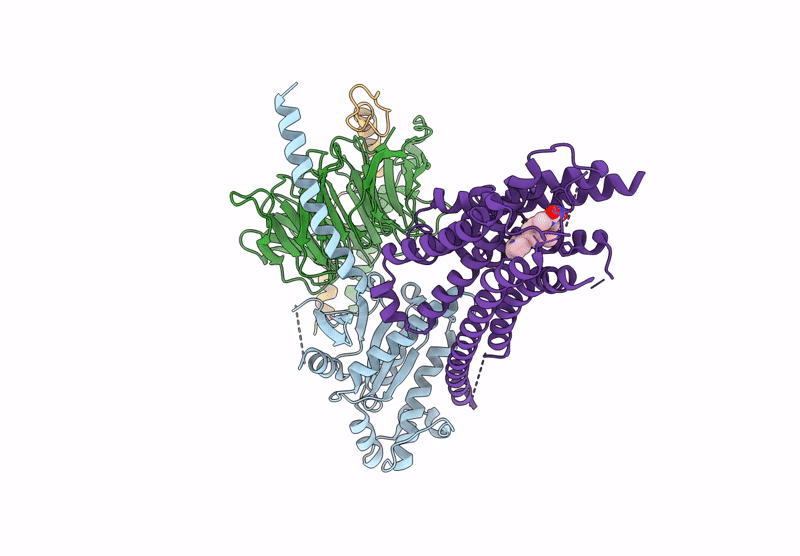
Deposition Date
2025-01-27
Release Date
2025-07-16
Last Version Date
2025-07-23
Method Details:
Experimental Method:
Resolution:
2.80 Å
Aggregation State:
PARTICLE
Reconstruction Method:
SINGLE PARTICLE


